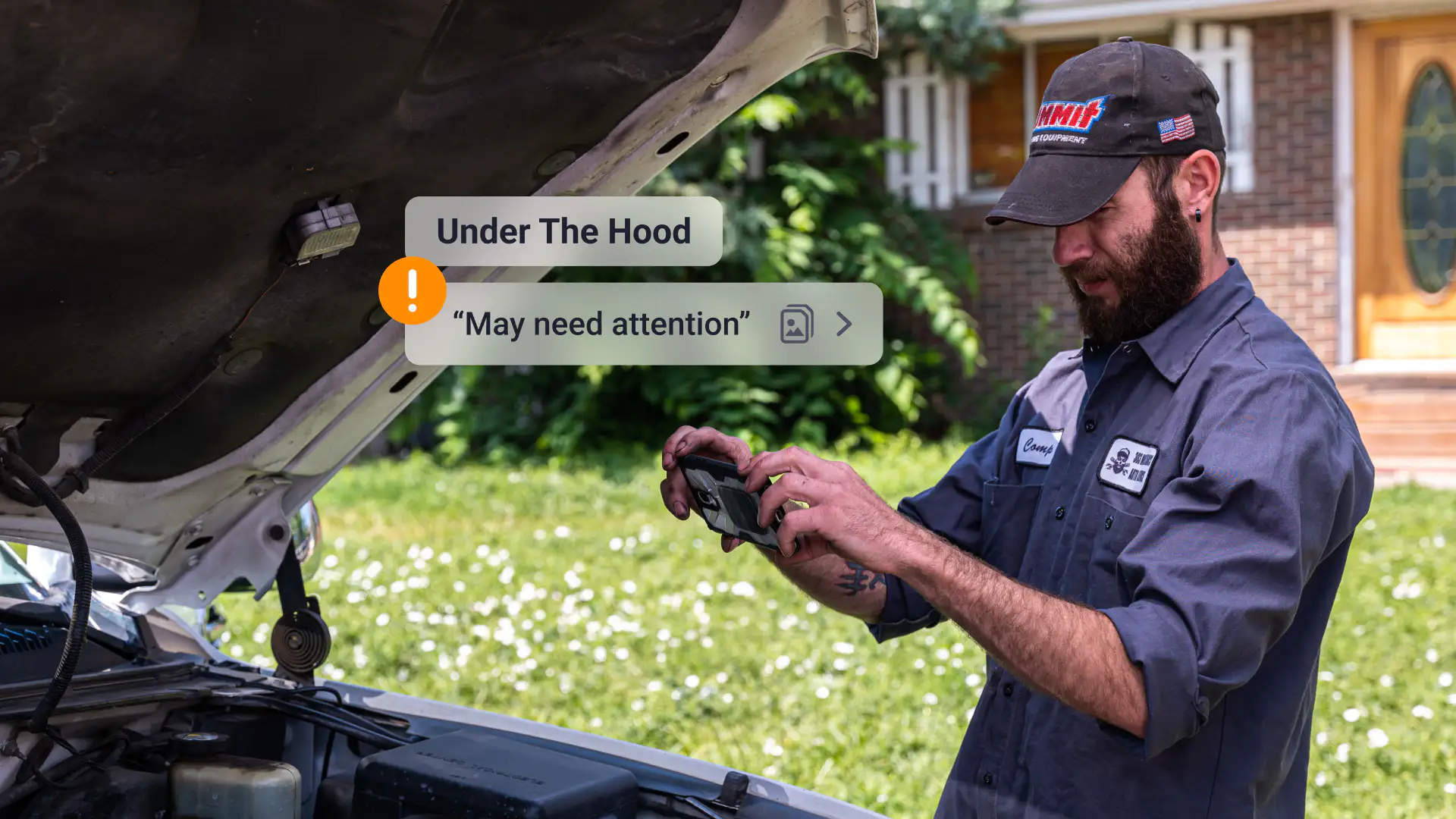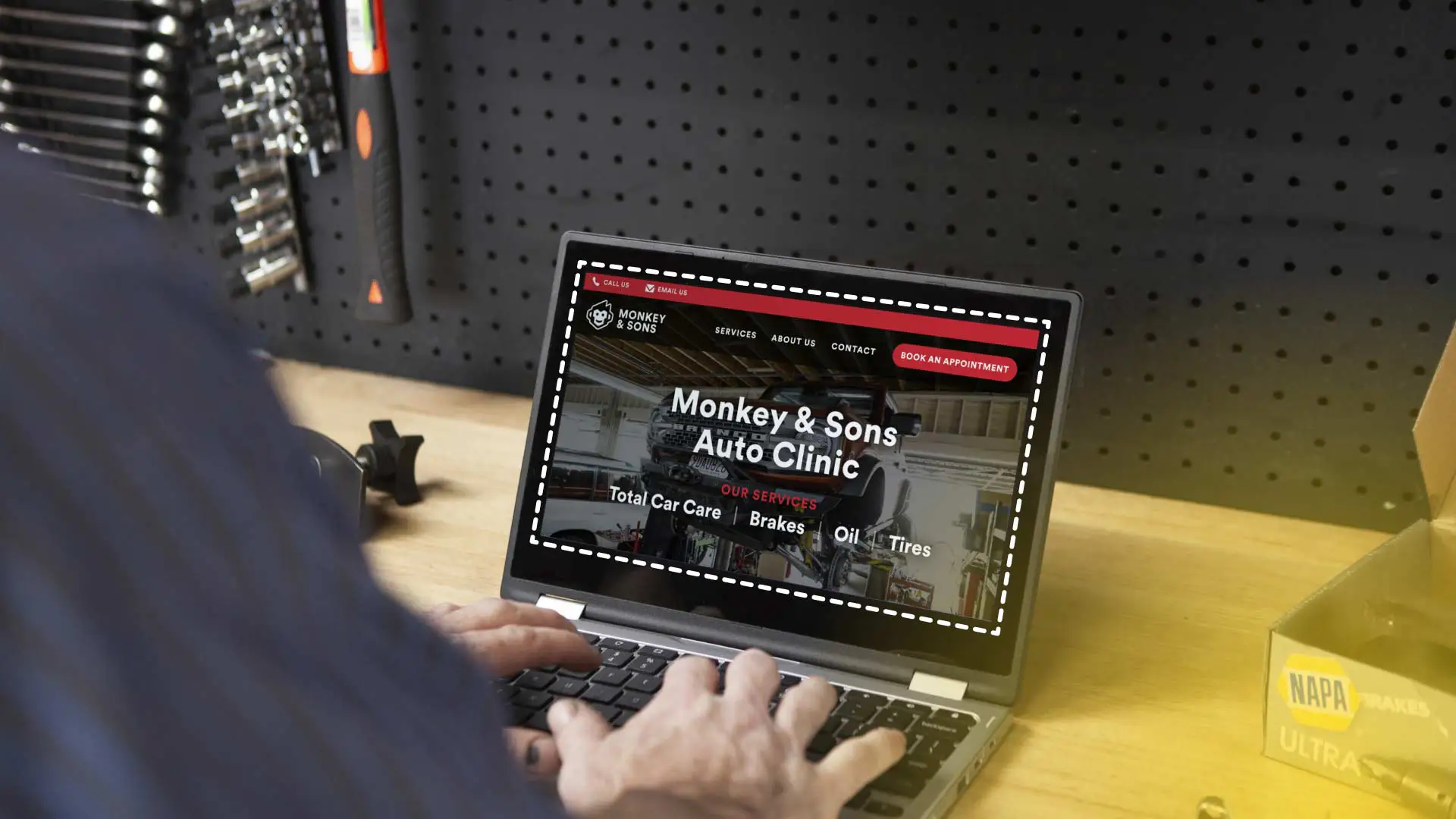Digital vehicle inspections have become an increasingly valuable tool for automotive care service providers. They assist with almost every area of the industry, from repairs and maintenance to sales. Plus, their benefits extend to customers, shop owners, and employees alike, creating a win-win for companies and their patrons.
Digital vehicle inspection software is part of the modern wave of technology that is transforming the way automotive shops serve their customers. It relies on contemporary channels like text and email to engage consumers, while helping shops to increase their productivity, efficiency, and scalability. For automotive shops to provide this helpful service, they need to understand how digital vehicle inspection reports work, when to perform them, and how to integrate them with their other services. We’ve uncovered this information for you below as a comprehensive guide to aid in the adoption and understanding of how to make the most of this tool.
What is a Digital Vehicle Inspection (DVI)?
A digital vehicle inspection (DVI) is a digital version of vehicle inspections that were traditionally done with paper and pencils. Similar to a conventional multi-point inspection, DVIs provide quick, at-a-glance information about the wellbeing of different parts of a vehicle, like its tires or brakes. However, DVIs modernize this process by relying on cameras to photograph all of this information so that it’s presented in a graphical format. For example, instead of just seeing words on paper indicating that a radiator requires coolant, customers with a digital vehicle inspection app can actually see how much coolant is in their radiators—and see that more needs to be added.
DVIs are facilitated by software options that provide solutions for digitizing automotive services. The inspections themselves are relevant to whatever a shop’s particular focus is. An auto repair shop might have different metrics for scratches and damaged parts requiring replacement, whereas shops specializing in might have a digital vehicle inspection program configured for routine maintenance checks on engine and transmission health. Once inspections are performed, they’re communicated to customers via email or text with things like photographs and videos included.
What are the benefits of a DVI?
There’s no scarcity of benefits for using DVIs. One of the most immediate advantages of going with this approach is it fosters trust in customers. With DVIs, customers no longer have to solely depend on the word of technicians, nor risk safety hazards to frequent service areas to view things for themselves. The ability to readily view whatever work is recommended or required adds to the level of trust that customers feel—which increases revenues, expands customer bases, and strengthens long term customer relationships. Moreover, digital vehicle inspection capabilities to perform these tasks faster, more consistently, and better than they can when everything is manual. It’s not uncommon for multi-point inspections to start off detailed early in the day, then become increasingly rushed and contain less information as the workload increases and techs are racing to service more vehicles. DVIs help alleviate this issue. They’re also excellent methods for cross-selling and upselling customers by showing them additional repairs or services they can invest in before a part fails and becomes a serious hazard. Additionally, DVI programs enable higher rates of efficiency by letting businesses increase the scale of their inspections so they can do more than they can without this technology.
How does a digital vehicle inspection work?
DVIs work by providing visual representations of all aspects of a vehicle relevant to an automotive shop’s areas of specialty. Shops with auto repair software can use them to check all vehicle systems, including things like electrical systems, hoses and belts, suspensions, and more. It’s possible to have the better part of over 100 points checked in these inspections. Once this information is documented with photos or videos, it’s available through software offerings with. Top solutions are available through the cloud. Finally, inspections are channeled to customers via MMS or SMS messages or through email.
When do you need to perform a DVI?
One of the best things about digital vehicle inspections is shops can perform them whenever it most helps their businesses. Some types of inspections, like comprehensive, head-to-toe ones, should be performed annually to keep customers apprised of the overall state of their vehicles. Others pertain to specific services performed or customer needs. For instance, a lightweight courtesy check for oil changes—pertaining to fluid levels, brakes, lights, and tires—can increase revenues and customer satisfaction in these areas.




